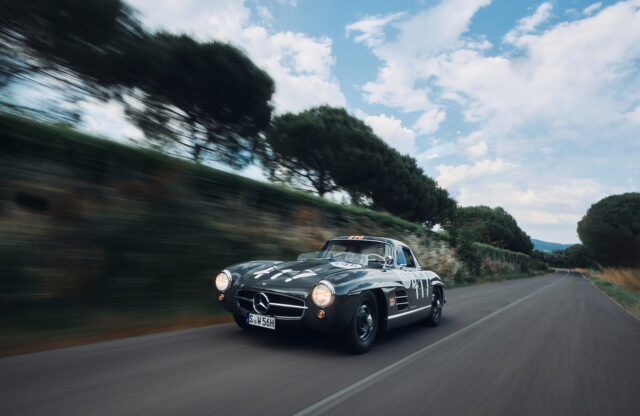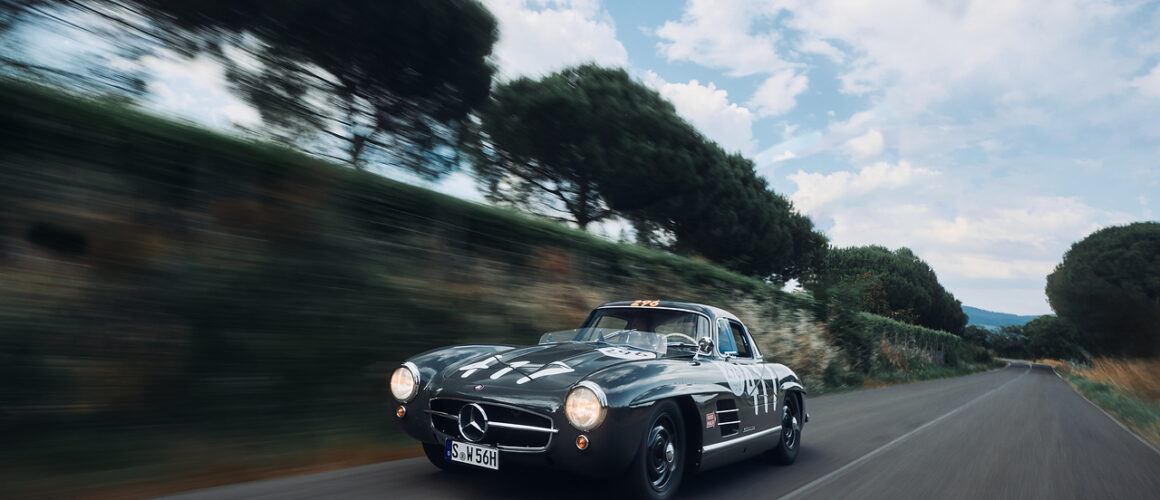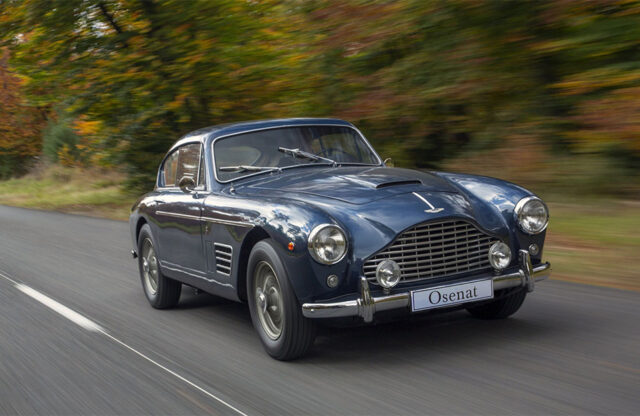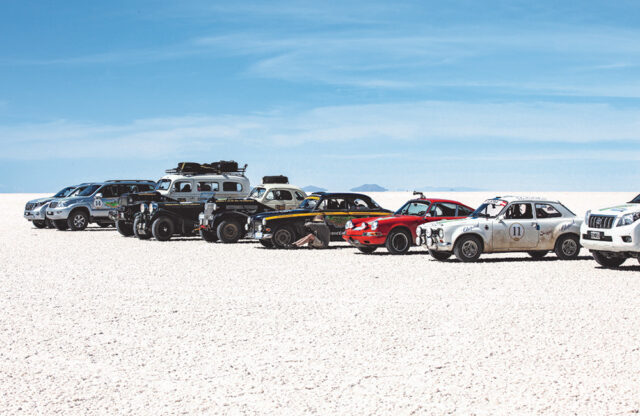“Heritage isn’t nostalgia – it’s our code of values,” says Mercedes-Benz Heritage CEO Marcus Breitschwerdt. It’s the halfway point of the 2025 Mille Miglia, and we’re sitting in a small, dimly lit trattoria off Siena’s Piazza del Campo. To honour the 70th anniversary of Stirling Moss’s legendary win, the Three-Pointed Star has turned out in force – but the bigger milestone looms in 2026, marking 140 years since Karl Benz built the Patent-Motorwagen, which is widely regarded as the world’s first motor car.
Despite a morning in a 300 SL Gullwing‘s sweltering 40°C cockpit, Marcus looks unfazed. His passion is obvious from the moment he starts talking – as is his eagerness to explain how Mercedes-Benz’s past is actively shaping its future.
“The Mille Miglia is a stage to show who we are – our heritage, our engineering and why we do what we do,” he continues matter-of-factly. “Racing is how we prove ourselves, and it’s the same reason we’re in Formula 1. Mercedes-Benz has always been a racing company.”
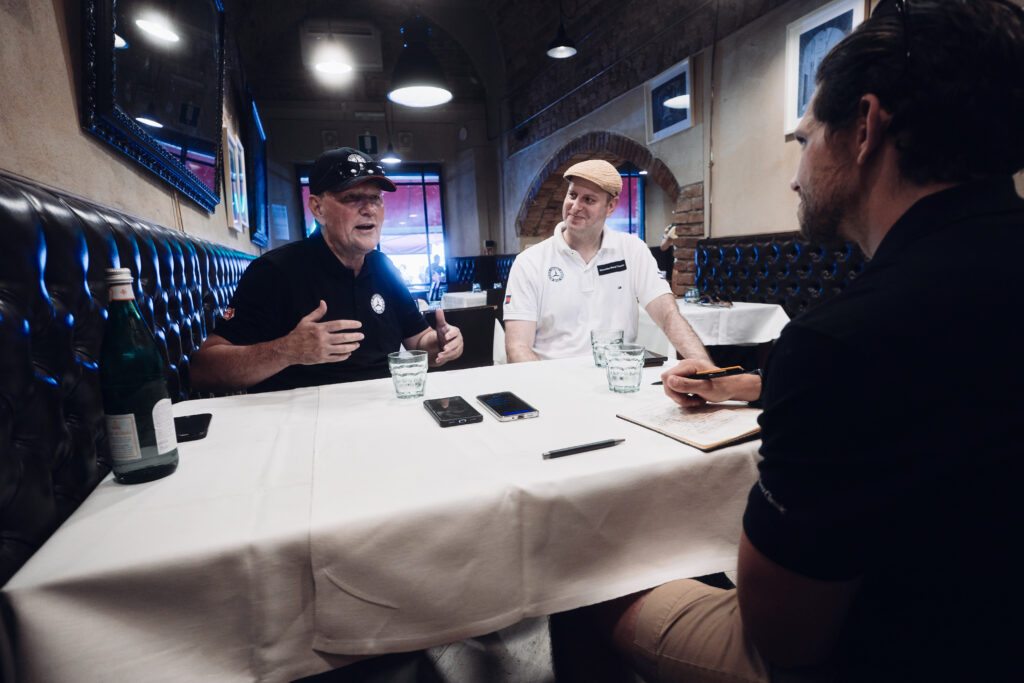
As Marcus notes, aside from roughly three decades out after 1955, Mercedes-Benz has been a constant force in top-level motor sport – winning in myriad series including Formula 1, the World Sportscar Championship and touring cars.
“The first Mercedes-Benz was built when the gentleman racer Emil Jellinek pushed our chief engineer Wilhelm Maybach to create a new kind of competition car. The result was the Mercedes 35hp, which boasted a lower centre of gravity, wider track, lighter chassis and a far more capable engine – cooled by Maybach’s innovative honeycomb radiator. Jellinek insisted the car carried his daughter’s name, and with his agreement we adopted it as well. We are a racing company,” Marcus reiterates.
Thanks to a long and illustrious history that began with the aforementioned and groundbreaking Benz Patent-Motorwagen in 1886, Mercedes-Benz has used motor sport to improve the breed ever since the Mercedes 35hp rolled out of Stuttgart in 1901. That heritage includes the legendary Silver Arrows of the pre- and post-war periods, then runs through to the Sauber-Mercedes Group C challengers that conquered Le Mans and on to the Mercedes-AMG F1 team’s eight consecutive constructors’ titles from 2014 to 2021.
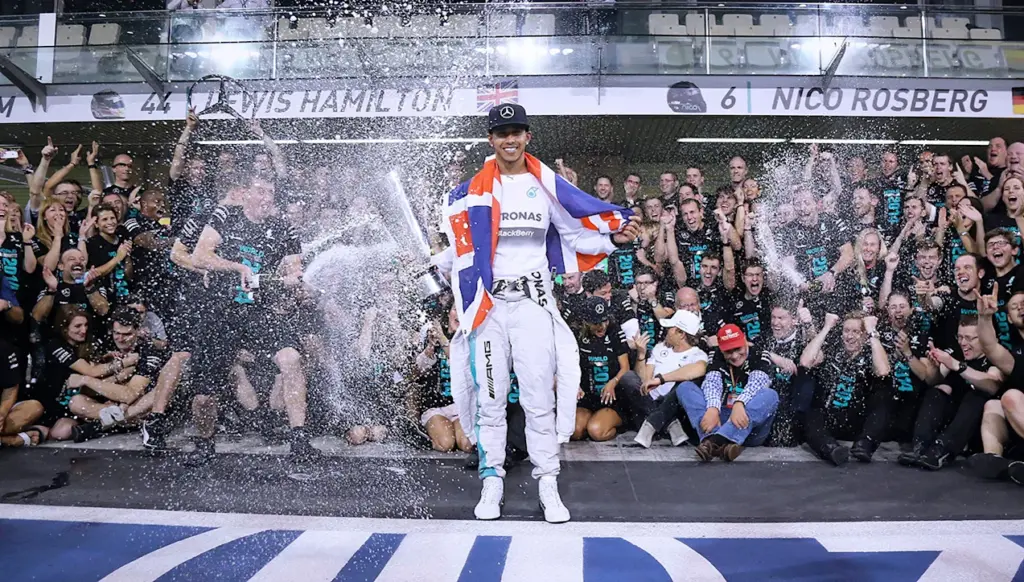
That DNA runs through the road-car canon, too. You see it in homologation heroes such as the 190E 2.5-16 Evo and the CLK-GTR, and in the madder AMG-badged offspring – culminating in the AMG-One with its F1-derived hybrid V6. Nor is the tech transfer confined to models aimed at enthusiasts; innovations such as fuel injection, anti-lock brakes, traction control and lessons in lubrication, cooling and packaging continue to shape modern cars.
“That’s why we are also an engineering company,” Marcus enthuses. “The word ‘engineer’ traces back to the Latin ‘ingenium’, which describes humanity’s natural capacity for invention. This human impulse to understand, to enlighten and to create things is at the foundations of technology and science. Steve Jobs didn’t start with an encyclopaedical description of what electronics could do. He was inspired by sci-fi novels.”
Sci-fi novels and the name ‘Steve Jobs’ aren’t what you’d expect the boss of Mercedes-Benz Heritage to wheel out. While it might sound paradoxical at first, Mercedes-Benz sees heritage not as nostalgia but as something alive that not only documents the past, but also serves as a source of inspiration for the future.
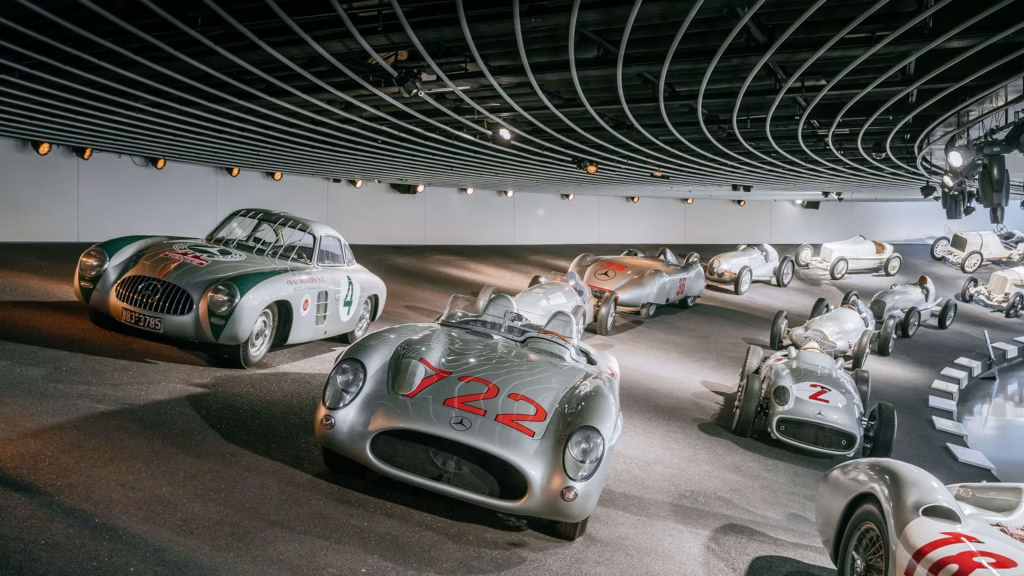
“For us, heritage is not just looking into the past, it also keeps the spirit of Mercedes-Benz alive – and this is why we started collecting our cars from the very beginning. But we don’t want to be like Madame Tussauds – we use these cars. We do events, we supply spare parts and we have our museum. We take it absolutely seriously.” Marcus continues.
In the pre-Dieselgate years – when legacy carmakers enjoyed near-unquestioned hegemony – the less sentimental might have dismissed Mercedes-Benz’s heritage-first stance as a luxury, even a touch twee. But with Europe’s 2035 zero-emission deadline looming and China’s industry reshaping the global market, that philosophy feels more relevant than ever, as Marcus argues:
“We don’t believe in ‘global brands’; we believe in globally successful brands that are locally rooted. Say cigars and you think Havana; red wine and you think Bourdeaux, Rioja or Barolo – all places. So how do you keep Mercedes-Benz being Mercedes-Benz on the other side of the world? The answer is heritage.”
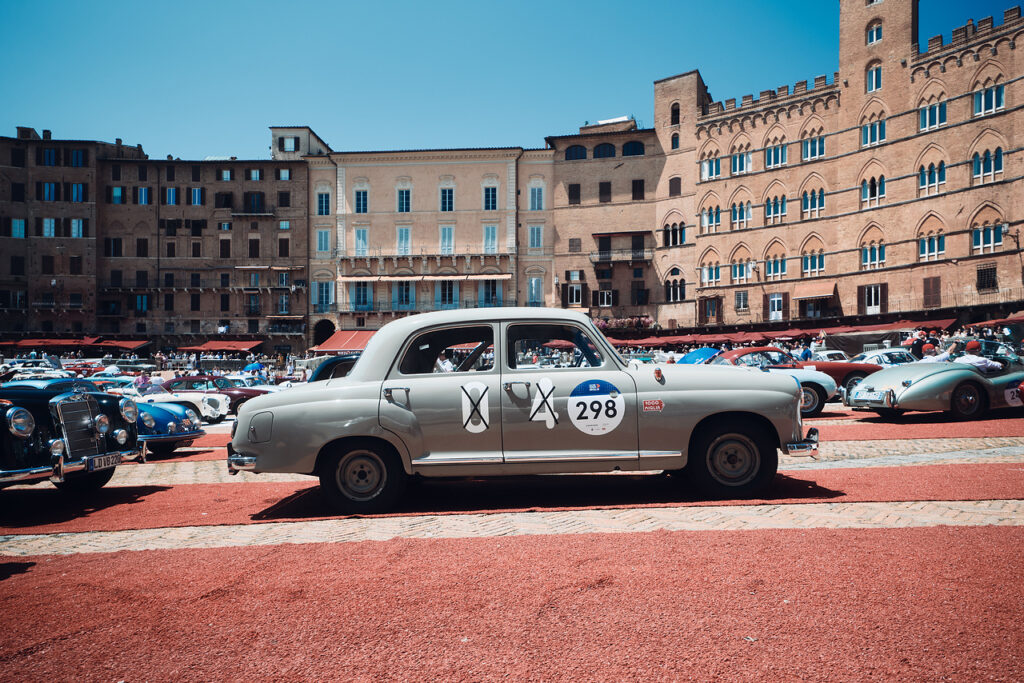
Ultimately, it will be customers’ desire to drive something that looks, feels and drives like a Mercedes-Benz – and all the history and provenance that the badge represents – that will protect distinguish it from all kind of new market participants.
Set against this, the UK and EU’s push towards net-zero – culminating in a 2035 ban on new pure-ICE sales – forces legacy manufacturers into direct competition with other market participants, effectively with one arm tied behind their back. This, you could argue, has forced Mercedes-Benz away from its preferred rhythm of thoughtful evolution and iterative improvement. Heritage, as Marcus frames it, acts as a guardrail while the brand works out what a true Mercedes-Benz should be in the uncertainty of the near future.
“That’s why I’m a preacher, too,” he smiles. “If Ola [Källenius, Mercedes-Benz CEO] and the board are the government, Mercedes-Benz Heritage is the church and we’re responsible for the creed, the faith, the beliefs and the values of the brand. We conceive cars around those values, and they must align with them. Sometimes, if we feel we have to resharpen the focus, then we say, ‘Remember the roots,’ and we correct it.”
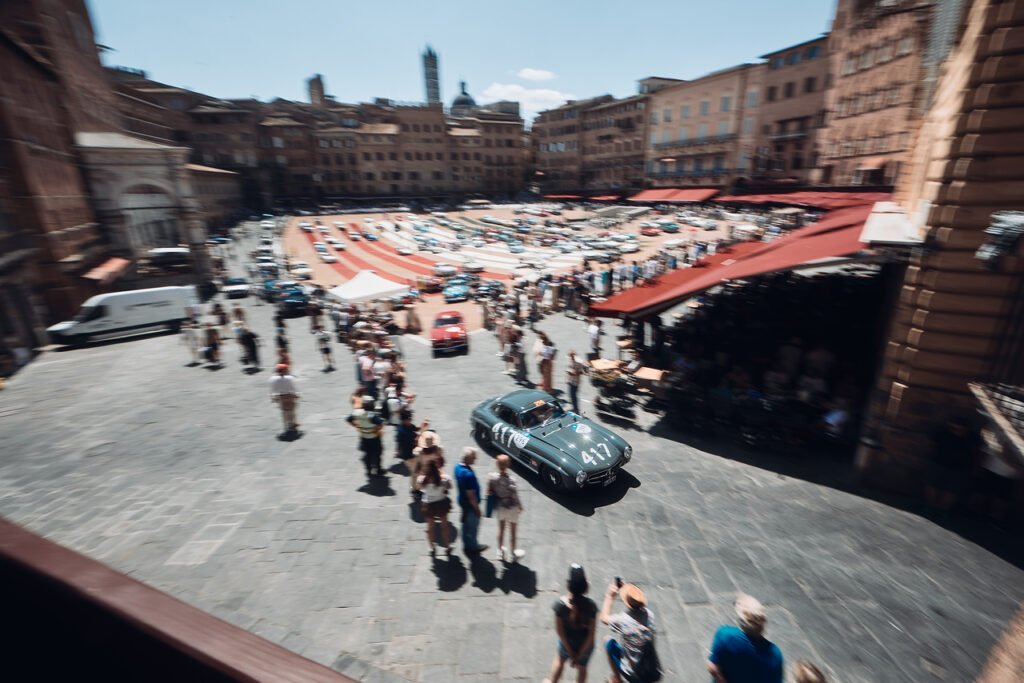
The economic, financial and environmental pressures of today mean that it’s easier than ever for a manufacturer to miss the mark – and the consequences of doing so are higher than ever. Which is probably partially why Källenius made the unusual step of asking the EU for a “reality check” on the 2035 rules back in August, to prevent a pre-ban ICE car buying spike and smoothen the transition to net zero. Källenius and his contemporaries have an incredibly challenging task on their hands, even without the 2035 ICE deadline looming ominously.
On a more optimistic note, Mercedes-Benz – and brands like it – have navigated tricky waters in decades past and come out stronger. And unlike its new rivals, Mercedes-Benz can draw on a long and enviable history of innovation.
“The point is that our heritage isn’t merely a combustion engine, an electric motor, or even an airbag or a crumple zone. The real heritage is our pioneering spirit and commitment to breakthrough technologies,” Marcus remarks. “These values came naturally to southern Germany, which was a poor part of Europe in the mid-19th century – and the people there could often only buy something once during their lifetime. But southern Germany had plenty of brain capital that meant the things we created could actually live up to those expectations.”
Evidence of southern German ingenuity is clear as 1950s BMWs, Mercedes-Benzes and Porsches roll out of the Piazza del Campo into the heat, southbound for the next challenging leg of the Mille Miglia. Keeping alive the values that created these cars 70 years ago is essential to each brand’s survival – and Mercedes-Benz has grasped that heritage is the key.
Find out more about Mercedes-Benz Heritage here.
